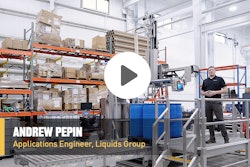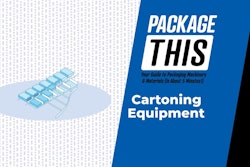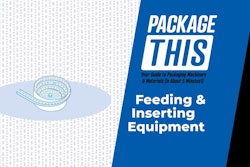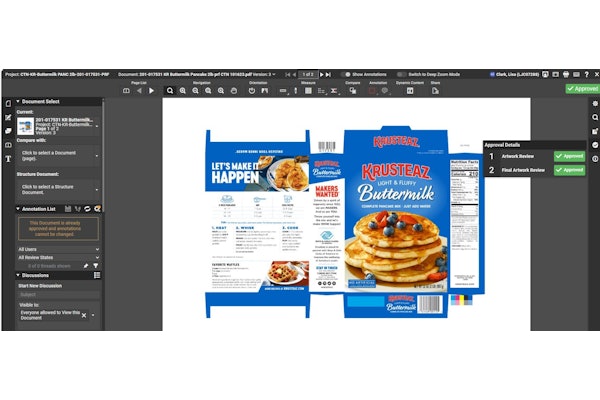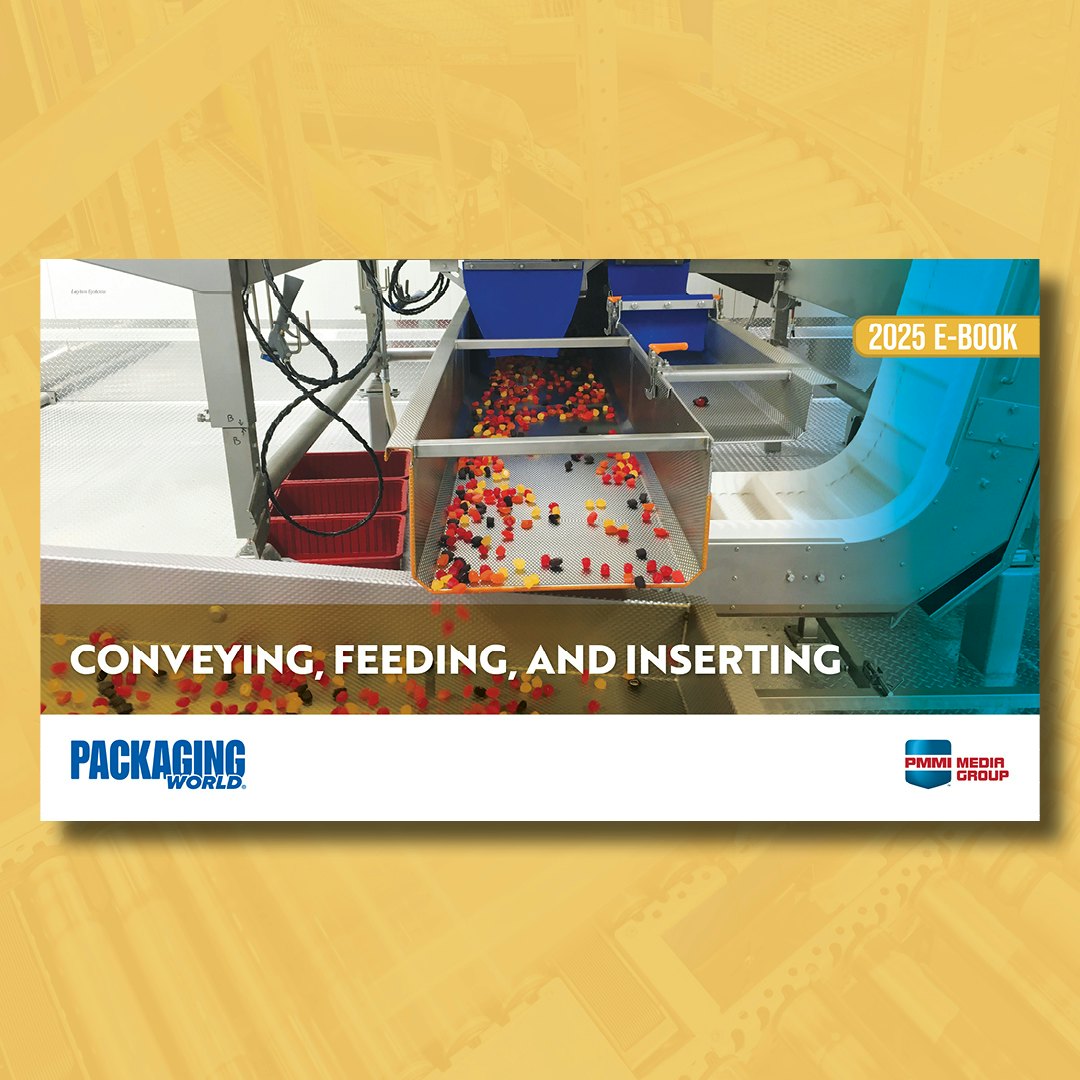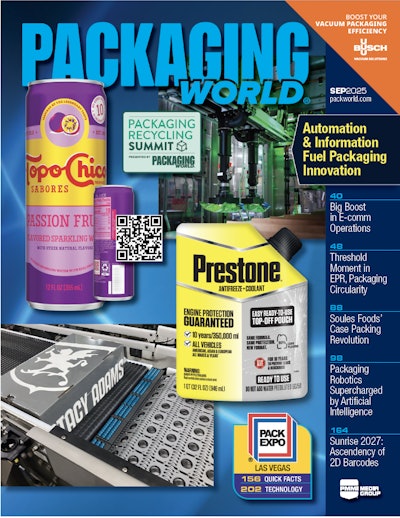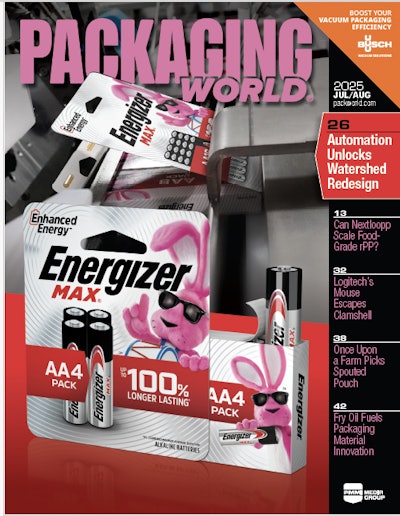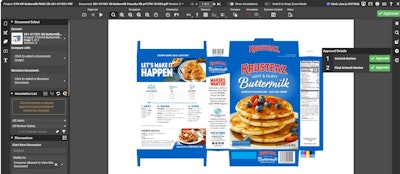
Based in Tukwila, Wash., The Krusteaz Company produces an extensive line of easy-to-prepare baking mixes, including pancakes, waffles, muffins, cookies, cornbread, and brownies. Founded in 1932 by a Seattle bridge club that invented one of the first “just add water” instant pie crust mixes, or “Crust-Ease,” as it was then named, the company has grown into a national brand found in grocery stores, club stores, and foodservice channels across the U.S.
As Krusteaz’s popularity grew, so did the scale of its operations. Expanding into new product lines and retail channels brought a steady increase in packaging variations—each one requiring its own artwork, content, and regulatory review. Managing that volume became increasingly complex, involving dozens of internal teams and external partners. Every design required input from marketing, legal, regulatory, and packaging engineering. Approvals moved by email, content lived in spreadsheets, and proofs were marked up manually—a process that worked but couldn’t keep pace with the speed of today’s market.
“We needed a solution that could automate routing, reduce email volume, and let everyone know exactly where a project stood,” says Lisa Clark, senior manager of creative operations at The Krusteaz Company. That search led the team to Esko’s WebCenter, a cloud-based platform for managing packaging artwork and content in one digital environment.
Clark says Krusteaz evaluated about eight different companies during its RFP process before selecting Esko. WebCenter stood out for its ability to meet nearly all of the company’s requirements; it could already deliver on 190 of the 198 capabilities Krusteaz had outlined.
Implemented first as a proofing tool in 2018 and later expanded with content management in 2024, WebCenter has helped Krusteaz cut review time, improve accuracy, and strengthen collaboration among teams.
From email chains to streamlined proofing
Before adopting WebCenter, Krusteaz’s proofing process relied heavily on email attachments. Each proof was sent to multiple approvers with no way to track status or version history. “We used Adobe to proof,” Clark recalls. “We would email the proof to each approver, but there was not a notification tool that would let us know when they approved or rejected it, and the annotation tool within that platform was not great.”
As packaging volumes grew, so did the challenge of keeping track of approvals. Marketing, regulatory, and design teams often worked from different versions of the same file, creating confusion and delays. Krusteaz needed a system that could automate routing and make the approval process transparent.
 Esko’s WebCenter digital artwork management interface allows users to collaborate on packaging designs in real time, reducing revisions and accelerating time to market.Esko
Esko’s WebCenter digital artwork management interface allows users to collaborate on packaging designs in real time, reducing revisions and accelerating time to market.Esko
That need was met with Esko’s Viewer tool, part of WebCenter’s Content Management for Packaging (CMP) module. Viewer is a cloud-based proofing tool that allows users to collaborate on packaging artwork within a structured workflow. “The tool sends an email to the approvers with a link to the proof. The annotation toolbar is fantastic, we can highlight, annotate, circle, measure. It’s really one of the best tools we have seen available,” Clark says. The team can also define stages so that, for example, marketing reviews artwork only after regulatory approval.
Each step is automatically tracked, and once a proof is approved or rejected, the initiator receives a notification to move it forward. The Viewer archives every proof, providing a searchable record of versions, comments, and decisions.
The move to Viewer saved hours of administrative work on each project. Designers can now see feedback directly on the artwork, reducing the risk of missed edits or miscommunication. What began as a proofing upgrade quickly became the backbone of Krusteaz’s packaging workflow.
Extending automation to content management
With proofing under control, Krusteaz turned its attention to the management of packaging content, including ingredients, claims, and other information that appear across multiple SKUs. The company had been using a shared program that only allowed one person at a time to enter data. “We spent so much time going in to check to see if we could access the program for our inputs,” says Clark. “Also, anyone could change the data that was entered or accidentally erase it or copy data forward that didn’t apply that caused unnecessary swirl and increased time spent quadruple-checking information, and there was no tracking system to see who entered what information.”
In 2024, Krusteaz implemented Esko’s Content Sheet tool, also part of WebCenter’s CMP module. The tool enables simultaneous access for multiple users while maintaining strict role-based permissions. “Multiple users can be in the tool and in any given content sheet at the same time—no more waiting to complete a task,” Clark explains. Each team member receives a task link and enters data in a controlled, staged sequence. The system automatically archives content sheets, creating a searchable library of packaging data for easy reference.
This single source of truth has eliminated version conflicts and made collaboration smoother across marketing, regulatory, and packaging teams. “It is a much smoother process with fewer issues between cross-functional teams now that we have a content sheet that collects all usable content for packaging in one place, with the input staged in a way that team members can enter their data while also seeing the data required by others,” Clark says.
Collaboration, visibility, and control
WebCenter’s automation has streamlined communication and given Krusteaz new visibility into its workflow. “The transparency has made it so much easier for everyone involved in projects to see what tasks are still open,” says Lisa Clark, senior manager of creative operations. “Participants don’t need to ask us. They can go directly into WebCenter and see for themselves.”
That visibility allows the team to monitor project progress in real time and identify bottlenecks before they slow down production. Dashboards within WebCenter show which tasks are active, which are complete, and where approvals may be waiting, giving users confidence that nothing slips through the cracks.
Krusteaz has also strengthened quality control through Esko’s Compare IT inspection tool. “We just started using the Compare IT tool this spring and have already found errors that have saved us time,” Clark says. “We look forward to lowering the risk for regulatory compliance soon, as well as achieving a goal of reducing rounds of review.”
Building capability and confidence
Krusteaz approached WebCenter training with the same care it applies to product development, with thorough planning, clear communication, and hands-on support. According to Clark, the Viewer tool “is highly intuitive, and the teams adapted quickly.”
When the company implemented the more complex Content Sheet module in 2024, it took a layered approach to onboarding. Subject matter experts (SMEs) from each department participated early in the software’s configuration and testing, giving them a sense of ownership and helping identify potential process refinements before launch. Department-specific training sessions showcased real project examples, while one-page quick-start guides and short instructional videos offered easy reference for daily use.
To reinforce learning after rollout, the team distributed a weekly “Tip of the Week” email highlighting lesser-known capabilities or shortcuts that helped users work more efficiently. For the first few weeks, daily “open hours” gave employees an opportunity to stop by for on-the-spot guidance or troubleshooting. An exhaustive user manual and in-tool “tip bubbles” provided additional clarity for those entering data in the new system.
New hires received personalized onboarding that included department-specific cheat sheets and one-on-one training sessions. This ongoing support helped ensure that WebCenter became part of the company’s daily rhythm rather than a standalone system.
By investing in comprehensive training and user engagement, Krusteaz ensured a smooth transition and strong adoption across departments. The result was not only greater efficiency but also confidence among employees in using the tools that now drive the company’s packaging workflow.
Preparing for the future
With a solid digital foundation in place, Krusteaz plans to expand its use of Esko tools to further enhance speed to market and strengthen quality control. Future initiatives include exploring more automation within WebCenter and extending its data-driven workflows to additional packaging processes. The company is also looking at ways to integrate regulatory checks and content validation more tightly into the system to minimize manual review and shorten approval cycles.
WebCenter has already transformed how Krusteaz manages its packaging—from the way proofs are reviewed to how content is stored, shared, and tracked. The workflow is now faster, more collaborative, and more consistent across teams. What once relied on a patchwork of tools and manual steps now operates within a single digital ecosystem that connects people, standardizes processes, and preserves the integrity of every package that carries the Krusteaz name. PW






